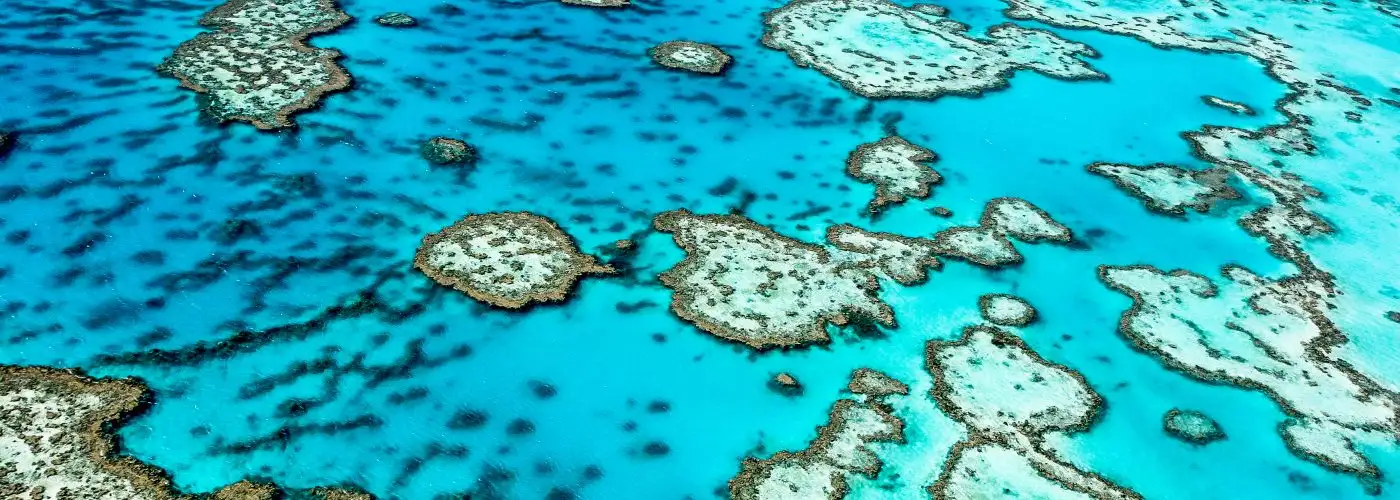Some of the world’s most beloved tourist destinations are in danger. Many are threatened by climate change, which has caused rising seas, melting glaciers and bleached coral. Others are being infringed upon by local industry or “loved to death” by too many tourists.
We’ve gathered nine such places to see before they disappear or are irrevocably altered. (To make sure you’re not adding to the problem with your presence, take care to travel responsibly.)
1. Glacier National Park, U.S.A.
In just a couple of decades, the name of Montana’s famous park may be a misnomer; according to the National Park Service, some scientists believe the glaciers here may be gone by 2030. They have already receded so visibly that scientists from the U.S. Geological Survey are using the park as a major site for research on climate change.
2. The Seychelles
These idyllic islands off the coast of East Africa are a haven for honeymooners and divers, but they face an uncertain future. The coral reefs fringing the islands have suffered several recent bleaching events due to warming ocean temperatures, and if sea levels continue to rise at their current rate, many parts of the islands could be completely underwater within the next century. Similar fates could be in store for other low-lying islands such as the Maldives, Kiribati and the Cook Islands.
3. Venice, Italy
This most beautiful and fragile of Italian cities is no stranger to floods; thanks to its location on the shifting sediments of a lagoon, Venice has been sinking for centuries, and tides have long ebbed and flowed through the city’s stately squares. However, the flooding has accelerated in recent years, prompting the Italian government to construct steel gates at the entrances to the Venetian lagoon, designed to block tidal surges from flooding the city.
4. Machu Picchu and Chan Chan, Peru
Few visitors to Peru would skip a trip to its most heralded attraction, the ancient Incan city of Machu Picchu. Unfortunately, all those tourists are having a harmful impact on the site — particularly those who don’t stick to marked paths and instead climb over the fragile ruins. A much less famous Peruvian archeological site is also in trouble; the Chimu city of Chan Chan, which dates back to the year 850, is made up of thousands of adobe buildings that are slowly being dissolved by increasing El Nino rainfall.
5. Alaska, U.S.A.
Alaska is warming more than twice as quickly as the rest of the country, according to the U.S. Environmental Protection Agency, jeopardizing its famous glaciers and frozen tundra. That’s bad news not only for travelers seeking snowy scenery but also for Alaskans living in remote coastal villages, where rising sea levels are literally eroding the ground out from under their feet.
6. Borneo and Sumatra, Indonesia
Animal lovers flock to these regions of Southeast Asia, the only places where you can view orangutans in the wild. (You might also spot tigers, elephants and rhinos.) But the World Wildlife Fund reports that the animals and plants in this incredibly biodiverse part of the world are under siege due to poaching, rapid deforestation and unsustainable agriculture.
7. Petra, Jordan
The spectacular rock city of Petra, Jordan’s most popular tourist attraction, is currently on the watch list of the World Monuments Fund (which seeks to preserve the world’s cultural treasures). The WMF notes that Petra faces both natural and human threats, including earthquakes, flash floods and overtourism, all of which endanger the distinctive architecture of this ancient site.
8. Great Barrier Reef, Australia
The Great Barrier Reef encompasses one of the world’s most fascinating ecosystems, but it’s also one of the most vulnerable. Rising water temperatures and other factors such as overfishing and water pollution have wreaked stress on delicate corals, leading to several mass bleaching events in the past 20 years. Some scientists postulate that the reef’s corals could die out within the next four decades.
9. The Alps, Europe
Glaciers around the world are receding rapidly, and those in the Alps are no exception. The region’s annual snowfall has also been declining. Many local ski resorts have had to produce more snow (which, ironically, contributes to the problem of global warming by using more energy), while others have closed up shop altogether. And a few places have taken a more drastic step: wrapping their glaciers in blankets to prevent further melting.
You May Also Like
Green Travel Tips
Climate Change Travel: The World’s Most Endangered Places
The 9 Best Places to Travel Alone
The World’s 12 Most Walkable Cities
We hand-pick everything we recommend and select items through testing and reviews. Some products are sent to us free of charge with no incentive to offer a favorable review. We offer our unbiased opinions and do not accept compensation to review products. All items are in stock and prices are accurate at the time of publication. If you buy something through our links, we may earn a commission.
Related
Top Fares From
Today's Top Travel Deals
Brought to you by ShermansTravel
France: 8-Night Paris, Avignon & Nice...
Infinity Worldwide Vacations
 vacation
$2880+
vacation
$2880+
Poconos: 3 Nts in Garden of...
ResortsAndLodges.com
 hotel
$305+
hotel
$305+
7-Nt Canada & New England Cruise,...
Princess Cruises
 cruise
$839+
cruise
$839+




